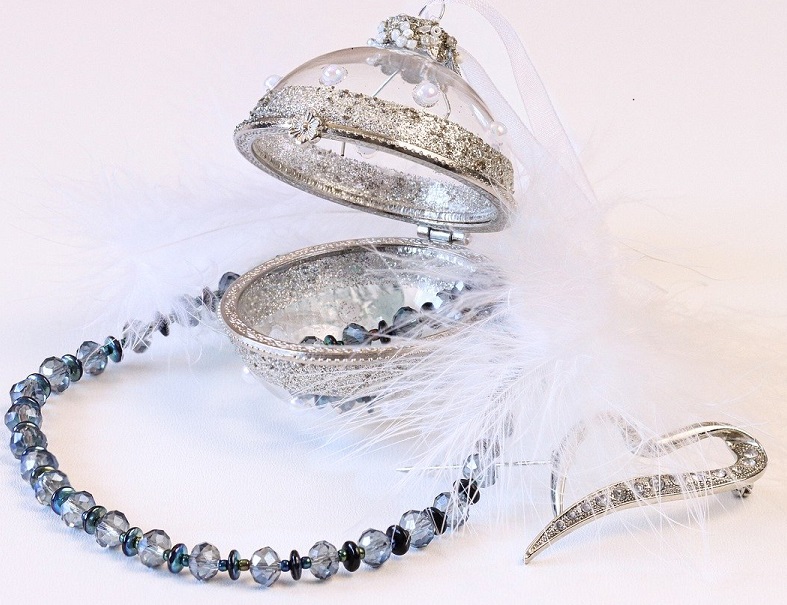
Incinerator Packages for Preserving the Earth`s Natural Resources.
How many of us know that it takes eons for minerals and metals to get to their present forms?
How many of us are concerned with excessive and wastefull consumption of these resources, leaving very little or nothing for future generations?
How many of us know that the current reserves of the earth’s natural resources are not going to last forever? Based on the available data and per capita consumption, the picture looks like this for some of these minerals:
Resource Expected to last till
Oil 2052
Coal 2136
Gas 2072
Uranium 2081
Zinc 2031
Silver 2033
Gold 2030
Copper 2048
If there is no change in the pattern of consumption and no discoveries, we will be running out of these reserves relatively soon! While it is a comforting thought that thanks to the continuing efforts to unearth new reserves, it may be possible to prolong their availability, it is also to be considered that the per capita consumption is also rising, thanks to the exponential growth in population.
What is Haat doing to help the cause of conservation?
Take the case of precious metals like gold, platinum and palladium. We are doing our bit to save these precious metals from going back to the earth where they came from.
In this blog we are going to talk about the recovery of these precious metals from Jewellery manufacturers and the Pharma Industry.
In the jewellery manufacturing industry, during the process of making the end product, fine dust escapes and gets entrapped in the employees’ clothing, PPEs, on the floor, etc.
Collecting this is a big task because these are very fine particles and not easily traceable, but these are expensive and the industry cannot afford to lose them. If it is not easy to trace them, it is even more difficult to extract the entrapped particles and get a reasonable quantity of such particles to make it worth one’s while. The sources of recovery include floor sweepings, clothing, PPEs, brooms, aprons, gloves, etc. Many of these are disposables and recovery of the metal is possible only by incinerating them.
Haat has built special furnaces for this application and has installed systems in many jewellery manufacturers with big brand images. These vary from a simple furnace to two chambers or complex ones with scrubbers, downstream equipment. Users recover precious metal from the ash collected in the primary and secondary chambers as well as from the scrubber bleed.
Coming to the pharma industry, precious metals are used as catalysts with carrier materials. The precious metals to be recovered here are platinum, palladium, etc. These are recovered by burning the carrier materials so that the precious metal is isolated from the charged materials. It is like `looking for a needle in a haystack`! (in this case, these are precious needles!)
The furnace here is of special construction where there are twin hearths. On one hearth is charged the material to be burnt and these are placed in trays (so as not to lose even a miniscule particle). The catalytic substance is charged into high temperature resisting trays on the hearth of the system and these are practically cooked from below with the help of burners. This results in the activated carbon becoming ash, making it easy to identify and recover the precious metal. The system could be a simple static furnace or a bogie hearth depending on the customer`s need.
We have supplied this system to some specialized organizations who have made it their job to help the pharma industry recover these precious materials.
There are also companies that recover these yellow and white metals and make these into fine gold coins.
The most interesting aspect of using these special furnaces is that the users are able to recover the investment made in these units in a matter of 6-8 months.
Such great return on investment has made some of our customers ambassadors of Haat’s precious metal recovery systems to other prospective users.
We at Haat as well as our precious customers realise it takes thousands of years for these metals to transform into their present form and how important it is not to waste these practically non-renewable resources, for the benefit of our present and future generations.
More here – Incinerator model PMR


